How Real-Life CPR differs from What You See on TV
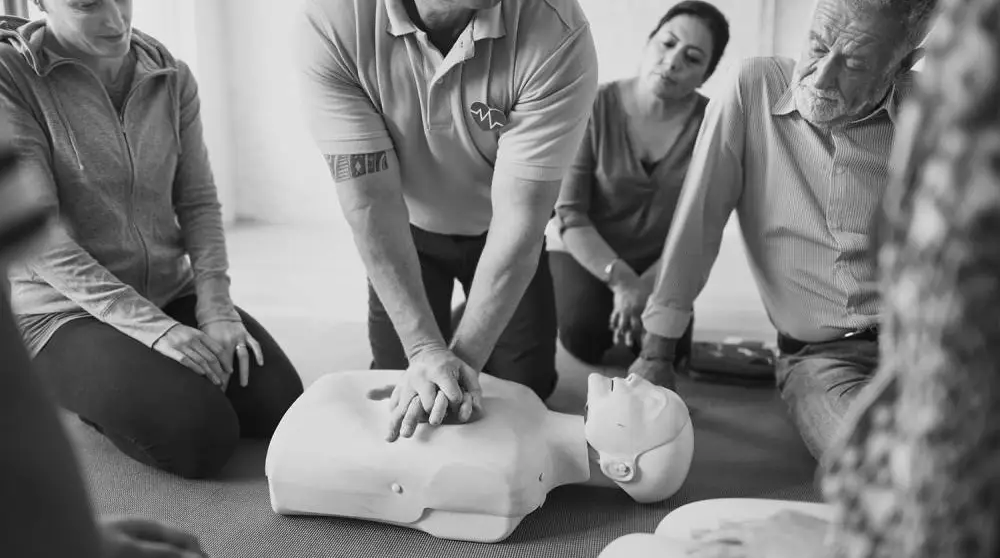

Who hasn't watched as the glamorous heroine is brought back to life with a few light chest presses and a kiss from her true love? Or the superstar patient being revived from a deathly coma, thanks to compressions on what appears to be the wrong part of his chest?
Have you viewed similar scenes in a movie or TV show, and thought, “Wait—could they really pull this off in real life?”
CPR — or cardiopulmonary resuscitation — is an emergency measure often treated by popular media with similar inaccuracy to the way it shows the use of oxygen masks and injections with intravenous (IV) needles. We usually see these procedures in simplified form, looking haphazard and quite random.
Medical dramas are often the culprits of such travesties but, to their credit, the production teams working to get the story across to their viewers, no doubt make do with limited time and resources.
As with any fictional portrayal of a real-life person, action, or event, watching medical emergencies on-screen requires some suspension of disbelief on behalf of the viewer. Regardless, the expectations of CPR in a visual narrative do not apply to CPR in real-life.
Characters on TV and in movies can play around with the time and technique elements of CPR. But real-life First Aiders don't have the same latitude when someone in front of them suddenly stops breathing.
Learn what fiction gets wrong—and what First Aiders must get right—about CPR in our feature below.
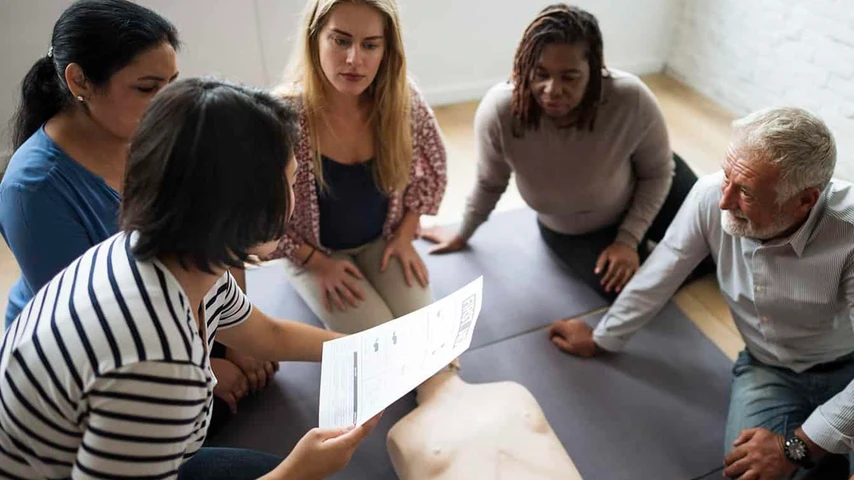
In a previous article published here on our website entitled “What is CPR?”, the technique is defined as a life-saving one that is administered in dire cases of emergency such as a heart attack, drug overdose, or instance of drowning.
Such events put a person in the threshold of death because their oxygen supply has been cut off.
As per the article, “The longer that a human being goes without oxygen, the more likely severe damage—and even death—can occur.” If a bystander can administer CPR properly before professional medical assistance arrives, then they have the chance to save someone else’s life.
At its core, CPR is a technique that combines alternate chest compressions with artificial ventilation or mouth-to-mouth resuscitation in order to push oxygenated blood from the casualty’s lungs to their brain.
CPR requires one to apply a certain number of chest presses with the hands (usually 30 compressions) before providing ventilation via deep breaths (usually 2 breaths). The 30:2 compression-ventilation cycle must continue until medical help has arrived, and in the case of a heart attack, until one can implement the use of a defibrillator.
In contrast to real-life situations, TV and movie portrayals of CPR are often unbelievable because:
Think of instances in which a few presses and one short puff of breath instantly brought a character back to consciousness—and suddenly, they are also able to speak and move their appendages as normal. Indeed, if these cases ever took place in a real hospital or in an ambulatory setting, they would probably be deemed medical miracles!
With minimal chest force being applied, they are also likely to have no need for additional care or surgery for accidental fractures to their ribs or sternum. In reality, close to a third of patients that receive CPR suffer broken bones.
A work of fiction would also change the scene up in order to maximise drama.
An unrealistic number of people may be yelling, pushing each other aside, and trying to intervene all at the same time—all while the victim’s chances of recovery without permanent brain damage continues to decline.
Moreover, a member of the medical staff will sometimes be portrayed as jumping right to CPR without taking the patient’s pulse or checking their mouth for breathing. Suffice to say, cinema and television often eschew the painstaking, methodical, and repetitive aspects of CPR in order to embellish the plot.
CPR is a technique that can reverse the odds of death and permanent disability if administered properly.
If you want to learn the real thing which can be used in real-life emergencies, you should take Australia Wide First Aid’s Provide CPR course.
You’re free to enjoy the visual narratives of medical emergencies in your favourite shows and films—plot twists and treatments and all. But let’s make sure you’re ready to respond to an emergency in real life!
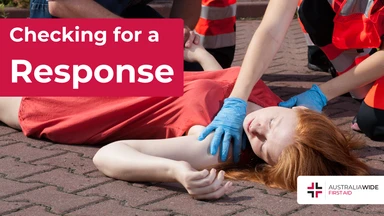
March 18, 2025
Checking for a response is critical before proceeding with any first aid assistance. Knowing if a casualty is conscious or not allows you to use the appropriate techniques. Using gentle but firm responsiveness techniques, such as the COWS method, mean you can check for a response while remaining respectful to the casualty.
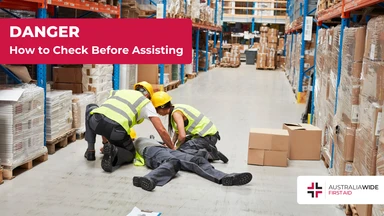
February 25, 2025
When coming across someone who appears unconscious, injured, or in need of medical help, it’s instinctive to rush to their aid. Ensuring the scene is safe before assisting the person is not only a fundamental principle of first aid but also critical to preventing further harm.
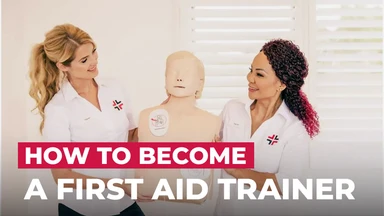
March 8, 2024
Becoming a first aid trainer in Australia is a rewarding and impactful career choice that allows individuals to make a significant contribution to the community by imparting life-saving skills.